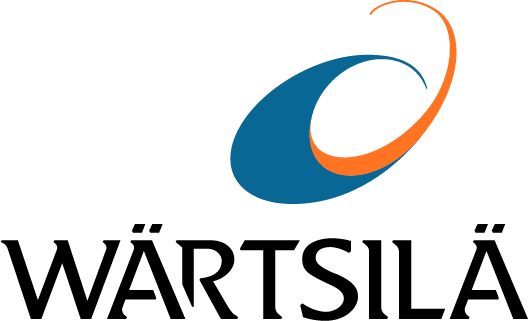

5803 results
A container or vessel designed to aid heat recovery from various sources including the shell-and-tube, encapsulated, direct-contact container.
The amount of fuel energy required to produce electrical energy
A zone of visual influence is the area from which a development or other structure is theoretically visible. It is usually represented as a map using color to indicate visibility.
Zinc–air batteries are non-rechargeable metal–air batteries powered by oxidizing zinc with oxygen from the air.
A dry cell primary battery that provides direct electric current from the electrochemical reaction between zinc and manganese dioxide.
Zero-point energy is the lowest possible energy that a quantum mechanical system may have.
Zinc–air fuel cells are mechanically rechargeable metal–air batteries powered by oxidizing zinc with oxygen from the air.
A zigzag transformer is a special-purpose transformer with a zigzag or "interconnected star" winding connection, it is used as a grounding transformer, creating a missing neutral connection from an ungrounded 3-phase system.
Young's modulus, or the modulus of elasticity in tension, is a mechanical property that measures the tensile stiffness of a solid material.
The zero-energy universe hypothesis proposes that the total amount of energy in the universe is exactly zero: its amount of positive energy in the form of matter is exactly canceled out by its negative energy in the form of gravity.
A building with net zero energy consumption, meaning the total amount of energy used by the building on an annual basis is equal to the amount of renewable energy created on the site or in other definitions by renewable energy sources offsite, using technology such as heat pumps, high efficiency windows and insulation, and solar panels.
Zenith angle is the angle between vertical line and the line intersecting the sun.
A building having essentially zero heating demand, defined as having heating demand less than 3 kWh/(m2a).
Emission Factors: can be found in the IMO MEPC 623/23 Annex 8
Annual Efficiency Ratio: “AER”, a carbon intensity metric calculated in accordance with Poseidon Principles.
A representation of how many grams of CO2 a single ship can emit to move one ton of goods one nautical mile over a time horizon.
Energy Efficiency Operating Indicator “EEOI”, developed by the IMO in order to allow shipowners to measure the fuel efficiency of a ship in operation. It is a carbon intensity indicator “CII” and represents the demand for transport work.
Signatory: Poseidon Principles ( or Sea Cargo Charter ) is a financial institution (charterer) or ECA that has declared to the Global Maritime Forum, and been accepted, as a member of the Poseidon Principles ( Sea Cargo Charter.)
Recognised Organisation “RO”, an authorized organization that performs statutory requirements on behalf of a vessel’s flag state. While often a Classification Society, in the IMO DCS, independent verifiers are authorized by some flag states.
Sea Cargo Charter: charterers promoting responsible environmental stewardship throughout the maritime logistics value chain. It is aligned with the Poseidon Principles